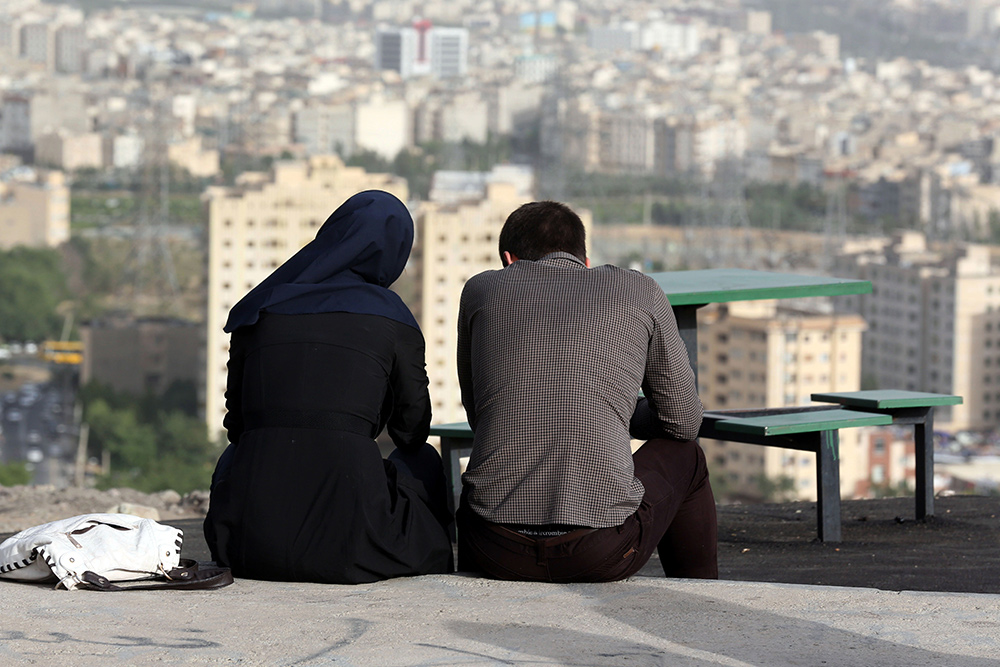Throughout history, the Bahá’í Faith has encountered waves of skepticism, hostility, and vehement persecution. Central to its early narrative is the story of the Báb, a pivotal figure whose teachings catalyzed profound spiritual and social reform. This article illuminates the harrowing experiences faced by the Bábís—those who followed the Báb—and how their steadfast faith amidst persecution captures the attention of both scholars and spiritual seekers alike.
The story of the Bahá’í Faith begins in the 19th century in Persia, modern-day Iran, where the Báb declared his prophetic mission in 1844. His teachings emphasized the impending revelation of a new Messenger of God and called for moral and religious renewal. Nevertheless, the reaction from established religious authorities was immediate and severe. They perceived the Báb’s proclamation as a direct threat to their societal and theological hegemony. Consequently, the Báb and his followers faced systemic oppression, escalating to violent massacres.
This violence culminated in several significant events that underscored the barbarity of the Bábís’ persecution. The most notorious of these was the 1850 execution of the Báb himself, who was martyred in Tabriz. His death marked not only a tragic chapter in Bahá’í history but also exemplified the extreme lengths to which individuals and governments would go to suppress emerging spiritual movements. The Báb’s martyrdom served as both a tragic end and a profound catalyst for the growth of the Bahá’í community.
Yet, rather than extinguishing the spirit of the believers, this persecution galvanized their resolve. Many Bábís displayed remarkable courage, choosing to embrace their faith in the face of adversity. This phenomenon invites reflection upon a common observation in the study of religious movements: how persecution, rather than suppressing belief, can often reinvigorate and solidify communal identity. The Bábís’ response to persecution reveals deep-seated convictions that beckon deeper exploration.
The psychological and sociological dimensions of faith under duress merit careful examination. Persecuted faith groups often cultivate a sense of collective identity bolstered by shared experiences of suffering. For the Bábís, persecution was not merely an external threat but catalyzed an internal strengthening of belief. As they underwent tribulations, the very essence of their faith deepened. Their adversities became ties that bound them to one another and solidified their commitments to the Báb’s teachings.
The narrative further unfolds with the emergence of the Bahá’í community following the Báb’s martyrdom. After the 1863 declaration of Bahá’u’lláh, the Báb’s successor, the Bahá’í Faith broadened in scope and understanding. Bahá’u’lláh advocated for principles of unity, justice, and peace, in stark contrast to the violent repression experienced by the Báb and his followers. This juxtaposition between atrocity and a call for unity reflects a poignant irony—a movement born from the crucible of suffering advocating for harmonious coexistence among all people.
Moreover, the global spread of the Bahá’í Faith in the subsequent century underscores an evolution in perceptions of religious persecution. The narrative of the Bábís opens a dialogue concerning the sanctity of faith and the sociopolitical dynamics that lead to violence against minority beliefs. This delineation prompts inquiries into the processes through which societies grapple with divergent ideologies. It encourages a re-evaluation of how communities can cultivate environments of understanding and respect rather than fear and aggression.
One cannot overlook the aesthetic dimension of the persecution narrative. The harrowing tales of the Bábís and their ultimate sacrifice are imbued with a poetic resonance that appeals to many scholars and spiritual enthusiasts. Their story embodies a tragic beauty—filled with ancient struggles and timeless ideals. This interplay of suffering and aspiration transcends the bounds of mere historical inquiry; it resonates with profound human emotions. Faith amidst adversity, the quest for truth, and the yearning for justice remain compelling themes that captivate diverse audiences.
A significant question arises from the examination of this narrative: What implications does such persecution have for contemporary society? The experiences of the Bábís reflect broader patterns of intolerance observed in various parts of the world today. The notion that deep-seated spiritual beliefs can incite fear and hostility calls for urgent reflections on the values of pluralism and coexistence. Studying the Bábí experience is imperative as humanity seeks to foster dialogues that honor diversity while promoting mutual respect.
The teachings of the Bahá’í Faith, rooted in concepts of unity and the oneness of humanity, advocate for an alternative to the cycle of violence. They encourage reconciliation as a pathway to healing, emphasizing the transformative power inherent in love and understanding. Such ideals, however, are often lost amid the cacophony of conflict and division. The resilience of the Bábís serves not only as a historical anecdote but as a beacon catalyzing contemporary discussions about faith, freedom, and the search for common ground.
In conclusion, the enduring legacy of the Bábís not only highlights the resilience of faith amidst persecution but also invites a deeper understanding of the social and psychological dynamics of belief systems under threat. The intricacies of their struggles offer rich grounds for academic inquiry and spiritual reflection. The ongoing relevance of their story implores societies to confront intolerance and embrace the diverse tapestry of beliefs that shape human experience. The Báb’s teachings, coupled with the sacrifices of his followers, remain pertinent reminders of the indomitable spirit of faith rising against adversity.
